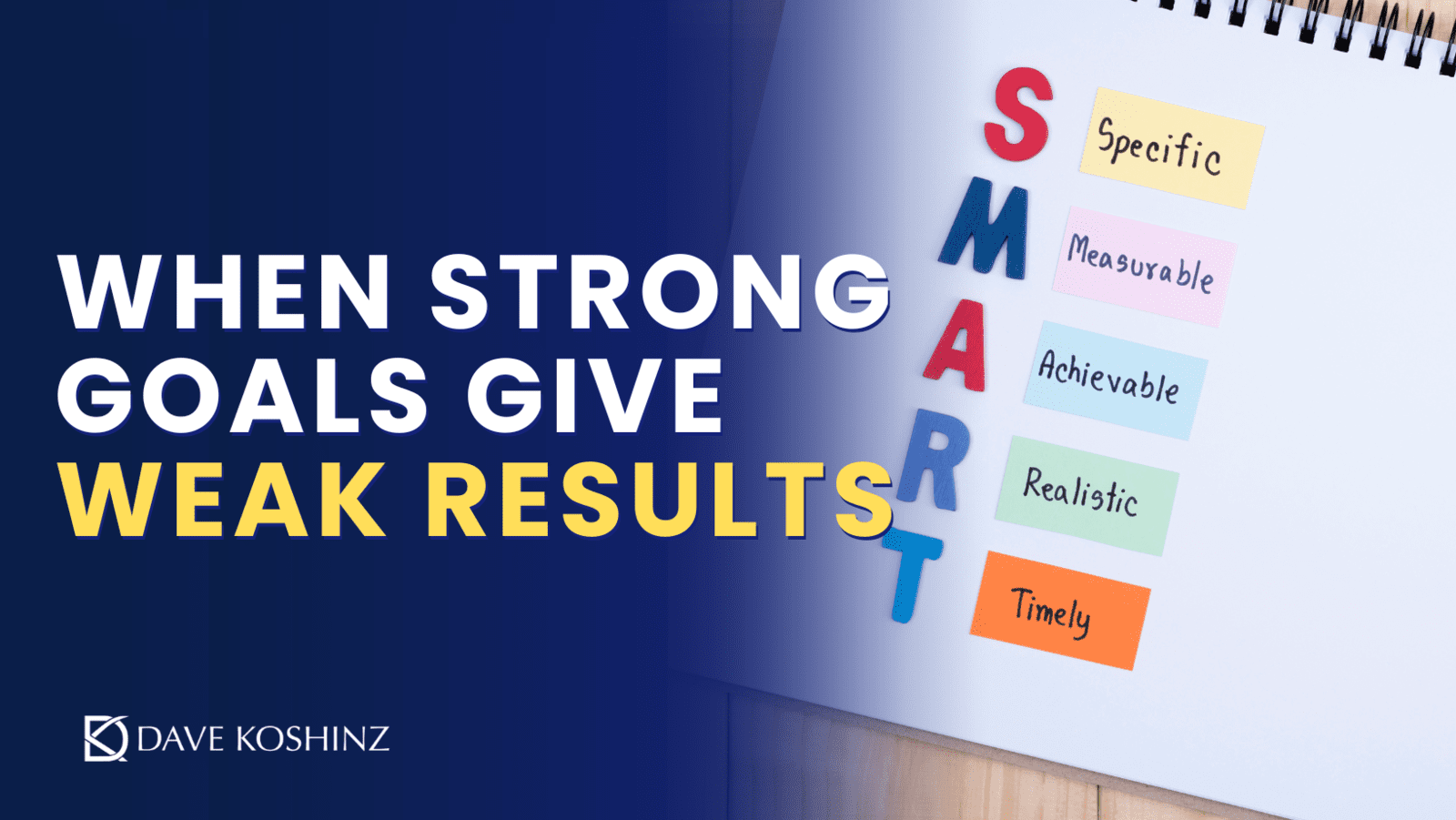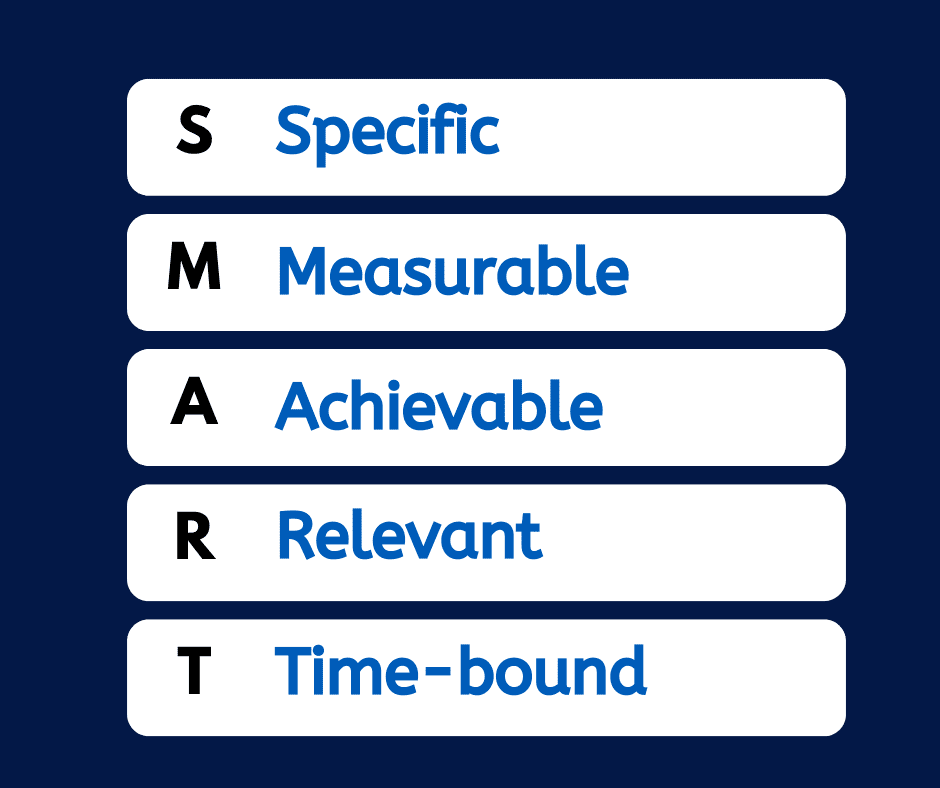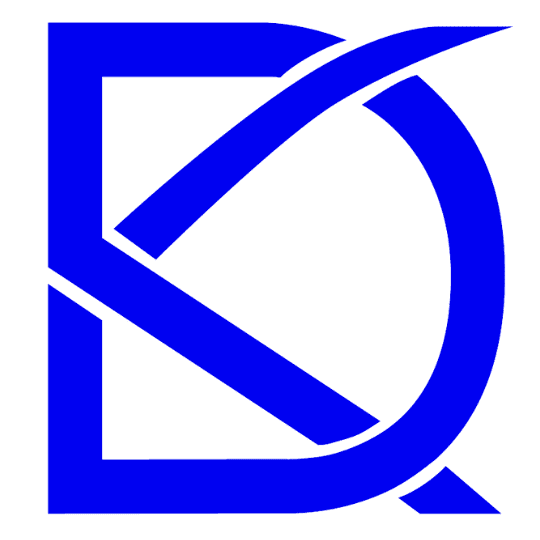
Most of us are familiar with the SMART goal method.
Our goals should be; - Specific
- Measurable
- Achievable
- Relevant
- Time-bound
So why do most of us set goals, often using SMART, then, after a while, some end up on the top shelf of the closet, waiting till the next time we try to achieve that goal. Yet other goals are powered through with a sustained commitment to their fruition. Often, we didn't even set them with the same attention or detail as the successful goals.

The quick answer could be a lack of motivation or getting distracted. But have you noticed how easily motivation wanes and distraction pulls you away from those goals that are always a struggle?
When I embraced OKRs, I found the answer to this long-held dilemma. OKRs are an orienting and goal-setting method that breaks goals into Objectives and Key Results.
Separating the two allows us to build Inspiration and expand the SMART model in two ways. Achievable becomes an option between Achievable and Stretch, emphasizing setting Key Results that stretch us. The other expansion from SMART is less emphasis on Key Results being Relevant; in most cases, yes, but not always. As Google has demonstrated in their use of OKRs, leaving room for OKRs that are more aligned to a team or individual's passion projects stimulates creativity and job satisfaction.
So the SMART goal becomes a Key Result that is more inspiring. To make my point I've started at the middle of the OKR process; it starts with vision and flows through Objectives to Key Results, then to actionable tasks.
Objectives are the mountains we're climbing. When we get to the top, it fuels our inspiration to climb the next peak, and we have reason to celebrate. So Objectives lose inspiration if they are constricted by SMART. They should come from the vision of the company, held in the context of time. They answer the question, "How do we expand in a way that furthers our vision and is aligned with our mission?".
They express the vision through Objectives that become actionable and quantifiable by achieving Key Results. If you have a personal vision, they work the same to help you bring that vision into action.
I work with Quantive, and they have a free version; it provides an excellent framework for OKRs.
Most of us are familiar with the SMART goal method.
Our goals should be;
- Specific
- Measurable
- Achievable
- Relevant
- Time-bound
So why do most of us set goals, often using SMART, then, after a while, some end up on the top shelf of the closet, waiting till the next time we try to achieve that goal. Yet other goals are powered through with a sustained commitment to their fruition. Often, we didn't even set them with the same attention or detail as the successful goals.

The quick answer could be a lack of motivation or getting distracted. But have you noticed how easily motivation wanes and distraction pulls you away from those goals that are always a struggle?
When I embraced OKRs, I found the answer to this long-held dilemma. OKRs are an orienting and goal-setting method that breaks goals into Objectives and Key Results.
Separating the two allows us to build Inspiration and expand the SMART model in two ways. Achievable becomes an option between Achievable and Stretch, emphasizing setting Key Results that stretch us. The other expansion from SMART is less emphasis on Key Results being Relevant; in most cases, yes, but not always. As Google has demonstrated in their use of OKRs, leaving room for OKRs that are more aligned to a team or individual's passion projects stimulates creativity and job satisfaction.
So the SMART goal becomes a Key Result that is more inspiring. To make my point I've started at the middle of the OKR process; it starts with vision and flows through Objectives to Key Results, then to actionable tasks.
Objectives are the mountains we're climbing. When we get to the top, it fuels our inspiration to climb the next peak, and we have reason to celebrate. So Objectives lose inspiration if they are constricted by SMART. They should come from the vision of the company, held in the context of time. They answer the question, "How do we expand in a way that furthers our vision and is aligned with our mission?".
They express the vision through Objectives that become actionable and quantifiable by achieving Key Results. If you have a personal vision, they work the same to help you bring that vision into action.
I work with Quantive, and they have a free version; it provides an excellent framework for OKRs.

